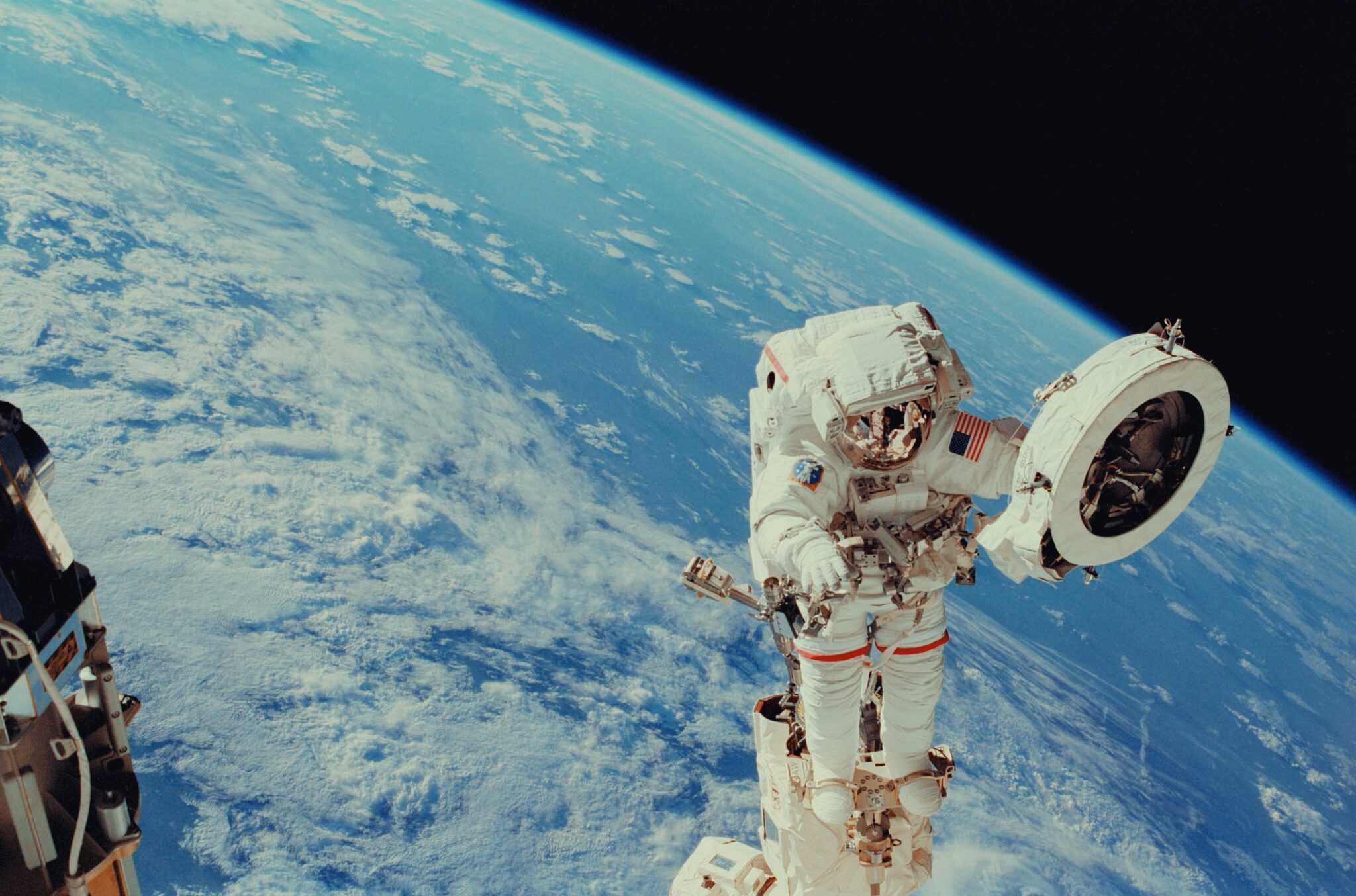The International Space Station (ISS) is a marvel of modern technology and human ingenuity, orbiting 408 kilometers above Earth at a speed of 28,000 kilometers per hour. The ISS is an incredibly complex machine, composed of several modules, laboratories, and living quarters, all designed to sustain human life in the harsh conditions of space. As such, the health of the astronauts on board is of paramount importance to NASA, and the agency has implemented a number of measures to ensure their well-being.
One of the primary ways in which NASA controls astronaut health on the ISS is through the selection and training process. NASA carefully screens all potential astronauts for medical issues that could be exacerbated by spaceflights, such as heart problems, vision impairments, and psychological disorders. Those who pass the screening undergo rigorous training that includes physical fitness, emergency procedures, and medical procedures. Astronauts also receive extensive medical training to allow them to diagnose and treat their own medical conditions while on board the ISS.
Once an astronaut is selected and trained, NASA closely monitors their health throughout their mission. Each astronaut undergoes regular medical evaluations to assess their physical and mental well-being, including blood tests, vision tests, and psychological assessments. Any medical issues that arise are promptly addressed, either by the astronaut themselves or by medical professionals on the ground. NASA has a dedicated team of flight surgeons who provide medical support to astronauts both on the ground and in space, and who are available 24/7 to address any medical emergencies that may arise. Astronauts can call their flight surgeon, who might direct them to a drug in the medical kit, or give other suggestions. This technique is known as TeleMedicine.
In addition to monitoring astronaut health, NASA also takes measures to prevent the spread of disease on board the ISS. Since the ISS is a closed environment, astronauts are at risk of developing illnesses that could spread rapidly throughout the crew. To minimize this risk, NASA employs a number of strategies to prevent disease outbreaks.

One key strategy is quarantine. Before launching to the ISS, astronauts spend several weeks in quarantine to ensure that they are not carrying any infectious diseases. During this time, they are isolated from other people and closely monitored for any signs of illness. This helps to prevent the introduction of pathogens into the closed environment of the ISS.
Once on board the ISS, astronauts follow strict hygiene protocols, including regular hand washing and the use of disinfectants, to prevent the spread of germs. They also take care to isolate any crew members who become ill to prevent the spread of disease.
NASA is conducting ongoing research on the microbiome of the ISS to better understand the complex microbial communities that exist within it. This research has revealed that the microbiome of the ISS is quite different from that of Earth, and that certain bacteria and fungi are more prevalent in space. By studying these differences, NASA hopes to better understand how microorganisms affect human health in space, and how to prevent the spread of disease in closed environments.
Finally, NASA is constantly innovating new technologies and techniques to improve astronaut health on the ISS. For example, NASA is currently developing a new medical diagnostic device that can quickly and accurately diagnose a wide range of medical conditions in space, allowing astronauts to receive timely treatment without having to rely on medical professionals on the ground. One device of this type is the HemoCue, small blood-sampling device that counts white blood cells within minutes from a single fingerstick sample. NASA is also investigating new ways to produce food in space, which could help to improve the nutritional quality of astronaut diets and reduce the risk of food-borne illness.
In conclusion, the health and well-being of astronauts on the ISS is of paramount importance to NASA. Through a combination of careful selection and training, ongoing monitoring and medical support, disease prevention strategies, microbiome research, and technological innovation, NASA is constantly striving to ensure the safety and health of astronauts in space. As space exploration continues to advance, NASA will undoubtedly continue to develop new strategies and technologies to improve astronaut health and safety.
References:
NASA, Clinical Infectious Diseases, Harvard Business Review
Also read: HISTORY OF SPACE EXPLORATION
Zaryab Gohar is A levels student at Lahore Grammar School. He has a particular interest in technological advances and their application in multiple fields.


Comments are closed.